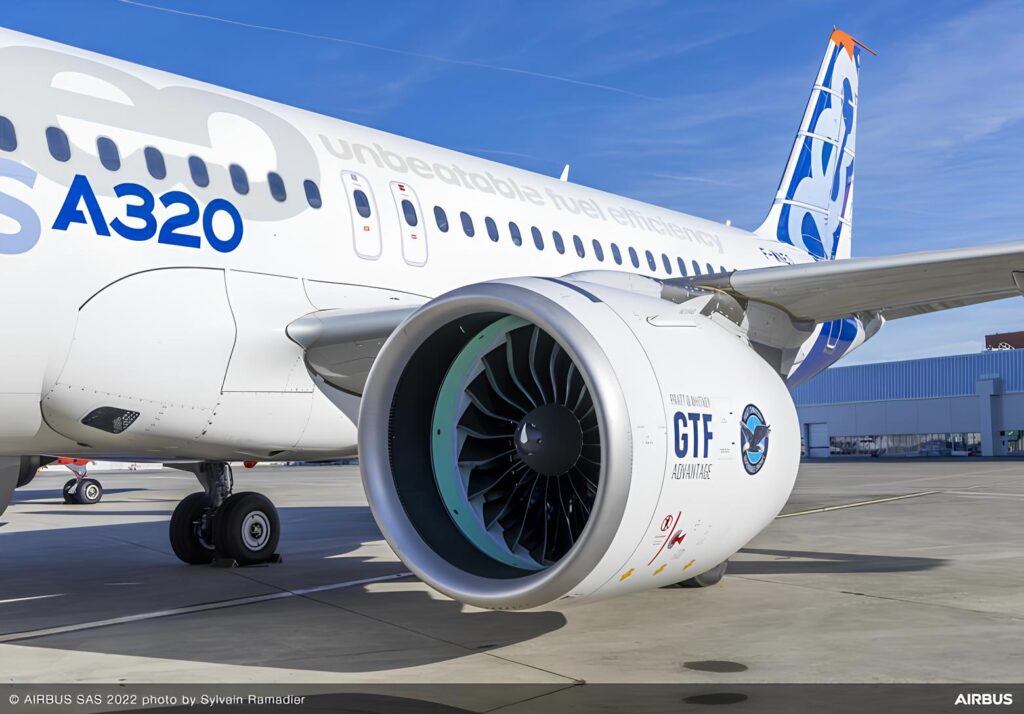
Airbus and Boeing in May 2025: A Tale of Contrasts and Expectations
Hey everyone, let's dive into a fascinating snapshot of the aviation world—specifically what happened in May 2025 with the two titans of commercial aircraft manufacturing: Airbus and Boeing.
Now, here’s something that really stands out—Airbus reported zero new aircraft orders in May. That might sound like a red flag at first, but it’s not quite what it seems. The company is strategically holding back, likely saving up big announcements for the upcoming Paris Air Show. They’re clearly playing the long game here. Despite the absence of new orders, Airbus still managed to deliver 51 aircraft, slightly down from 56 in April. That included five A220s, 40 A320neo-family aircraft, and a few widebodies—three A330neos and three A350s.
Also Read:- Silent Hill Remake Confirmed by Konami and Bloober Team
- Unlock $150 in Bonus Bets for Pacers vs Thunder Game 2 with Code ACM365
In contrast, Boeing had a spectacular May. They logged a massive 303 gross aircraft orders , a number that would make any competitor pause. A big chunk of that came from a monumental $96 billion widebody order from Qatar Airways, which included 146 737 MAXs, 30 777Xs, and 127 787s. That’s the biggest widebody deal in Boeing’s history. Despite this order boom, Boeing’s deliveries remained flat compared to April—45 aircraft in total, with a mix of 737s, 777s, and 787s.
So, where do these companies stand in terms of production goals? Airbus is aiming high with a target of 820 deliveries this year, but by the end of May they’ve only managed 243. That leaves a daunting average of 82 deliveries per month for the rest of 2025. Boeing hasn’t given a formal delivery target yet, but they’ve delivered 220 aircraft so far this year.
Now let’s talk about production struggles. Airbus is still battling supply chain issues—especially with engines for their A320neo-family jets. Believe it or not, nearly 40 of those aircraft are sitting complete but grounded because engines haven’t arrived. Airbus leadership seems optimistic though, calling this “good cholesterol”—a healthy inventory that will move quickly once the engines are in hand.
Boeing, on the other hand, has resumed 737 MAX deliveries to China, which is a major milestone given the trade tensions over the past few years. They’ve also hit their FAA-authorized MAX production rate of 38 per month, a steady sign of recovery. For widebodies, Boeing delivered seven 787s in May, keeping them on pace with their goal of seven per month, targeting 10 monthly by 2026. The 777X is still in pre-certification, with the first delivery to Lufthansa expected in 2026.
And what about the long-term outlook? Airbus’s backlog stands at 8,617 aircraft, mostly A220 and A320neo types, which translates to about 10.5 years of production at current rates. Boeing’s backlog is slightly smaller at 6,528 jets, dominated by the 737 MAX, but this still amounts to around 11.5 years of output. Clearly, demand is not the issue—it’s all about how fast these companies can build and deliver.
All eyes are now on the Paris Air Show. Airbus is expected to bounce back with some major announcements, possibly including a 25-plane A350 deal with Riyadh Air and narrowbody orders from carriers like VietJet and AirAsia. But economic and political uncertainties, including tariffs and global inflation, may still cloud the skies.
So there you have it—May 2025 gave us a sharp contrast between Airbus’s strategic pause and Boeing’s blockbuster month. It's shaping up to be a dramatic year for aviation, and the next moves from these two giants will be key to watch. Stay tuned!
Read More:



0 Comments